Are you an international professional or a student aiming to land a job in Denmark? Your resume is your first and most crucial point of contact with Danish employers. A generic, one-size-fits-all resume often fails to resonate with the specific cultural and professional expectations of the Danish job market. To succeed, you need to master the Danish CV format a unique blend of modesty, clarity, and precision that can make or break your application.
This guide will walk you through how to write a Danish resume for foreigners, covering everything from the specific layout and content to the critical details that can help fast-track your work visa application. We’ll show you how to tailor your CV to meet the latest 2025 standards and stand out in Denmark's competitive job market.

Why the Danish Resume Format Matters More Than Ever in 2025
The Danish job market is highly sought after, but it operates with a unique set of rules. As of July 1, 2025, new salary thresholds for work permits have been implemented, which directly impacts how employers screen candidates. Your resume is no longer just a list of your achievements; it's a key document that helps employers quickly assess your eligibility for popular visa schemes like the Fast-Track and Pay Limit schemes.
A well-structured resume that highlights your qualifications and, if applicable, your previous salary can significantly streamline this process. It shows employers you understand the local hiring landscape and are a serious, well-prepared candidate. This attention to detail is crucial because Danish employers prioritize candidates who demonstrate a genuine understanding of local professional norms and legal requirements.
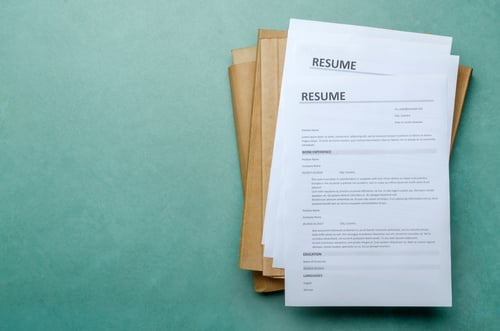
Danish Resume (CV) Essentials: A Section-by-Section Breakdown
Mastering the danske CV format requires a careful and intentional approach. Follow this structure to create a professional document that aligns with Danish professional norms.
Contact Information
This section should be clean and straightforward, respecting Danish privacy norms.
- Name: Your full name.
- Blog/Work Profile: A link to your professional profile.
- Email & Phone Number: A professional email address and your international phone number with the country code.
- Address: Your full address, including country.
- What to Avoid: Do not include a photo, date of birth, age, or marital status. Danish hiring practices prioritize merit and privacy, and these details can lead to unconscious bias.
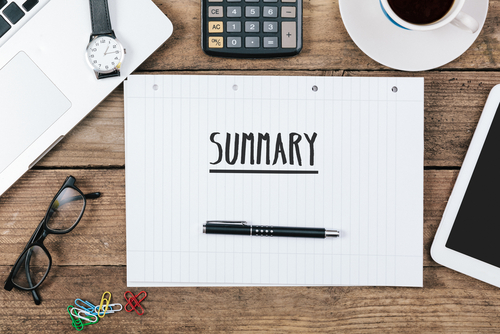
Professional Summary
This is your personal introduction. Keep it concise (3-4 sentences) and highly targeted to the specific job you’re applying for. Use this section to briefly summarize your experience, key skills, and career goals, demonstrating how they align with the role. For high-demand sectors like tech or green energy, mention your expertise early on to grab attention.

Work Experience
This section should be in reverse chronological order, starting with your most recent position.
- Company Name & Location: List the company name and its location (e.g., "Company X, Berlin, Germany").
- Role & Dates: Clearly state your job title and the start and end dates (Month/Year).
- Responsibilities & Achievements: Use bullet points to describe your responsibilities. Instead of vague descriptions, quantify your achievements to demonstrate impact. For example, instead of "Managed projects," write "Led a 5-person team to complete a project 15% under budget and 10 days ahead of schedule." This level of detail is highly valued.
- Salary (if relevant): As of 2025, if your previous annual salary helps demonstrate that you meet a specific work visa threshold, you may choose to include it. This is a strategic move, not a requirement, and should be carefully considered on a case-by-case basis.

Education & Certifications
- Reverse Chronological Order: List your highest degree first.
- Details: Include the degree name, institution, and graduation year.
- European Recognition: If you have European or internationally recognized certifications, highlight them. This is especially important for work visa eligibility in Denmark as it can help streamline the assessment process.

Skills Section
This is where you demonstrate your technical and soft skills. To optimize for local job boards and employer searches, use Danish keywords where you can, but only if you are fluent enough to understand the context.
- Hard Skills: List your technical skills (e.g., programming languages, software, tools). For jobs in tech, include keywords like "dataanalyse" (data analysis) or "SAS kode" (SAS code). For project management, use "projektledelse" (project management).
- Soft Skills: Mention skills like teamwork, communication, and problem-solving. Soft skills are highly valued in Danish workplaces, which emphasize collaboration and a flat hierarchy.
- Language Proficiency: This is a crucial section. Clearly state your proficiency in Danish and English using the Common European Framework of Reference for Languages (CEFR) (e.g., A2, B2, C1).
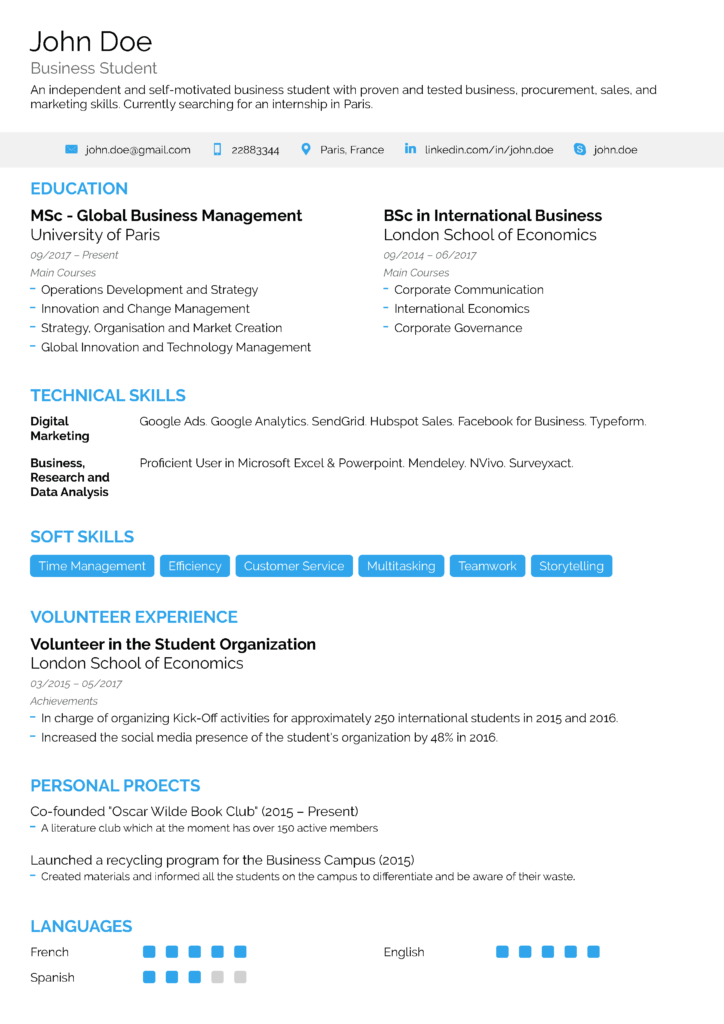
Formatting Guidance
- Length: A Danish resume should be 1-2 pages maximum.
- Layout: Use clear headings, a uniform, professional font (e.g., Arial, Calibri), and plenty of white space.
- File Type: Always save and submit your CV as a PDF file.
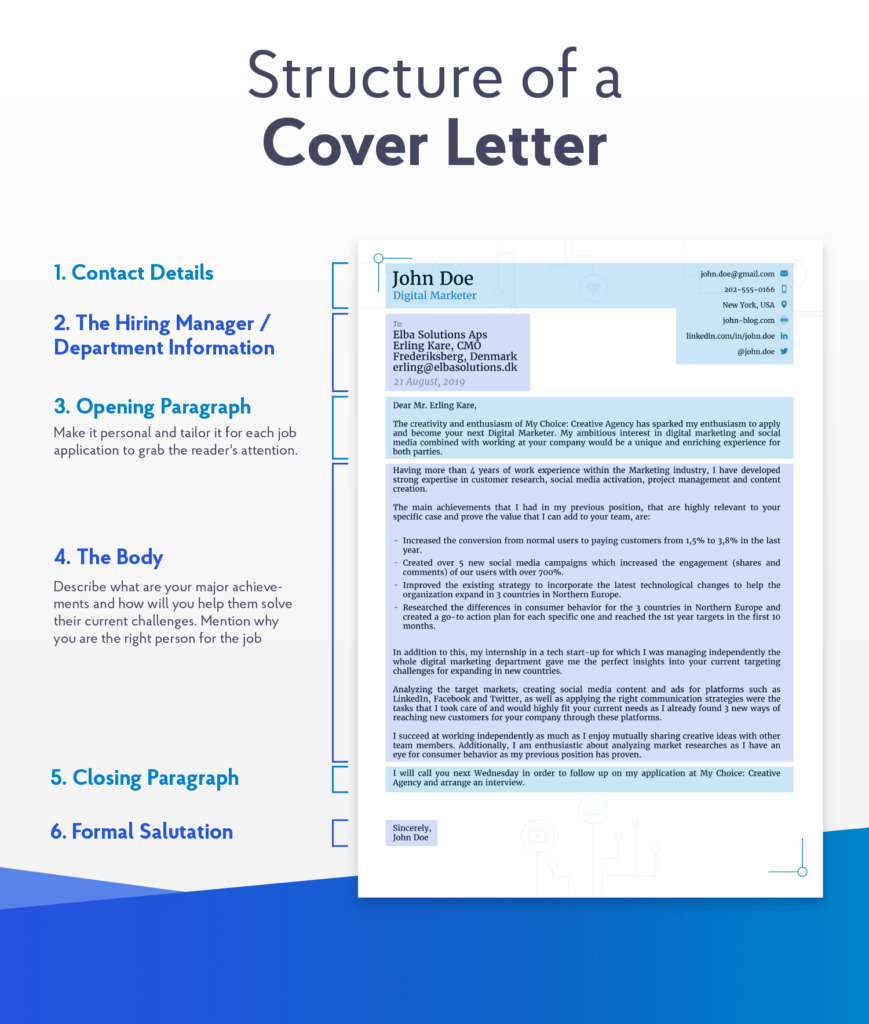
A Note on Cover Letters
In Denmark, the cover letter is just as important as the CV. It's your opportunity to go beyond the facts and tell a story about your motivation. A strong cover letter should:
- Explain why you are interested in this specific company and this specific role.
- Connect your skills and experience to the job description with specific examples.
- Maintain a concise, respectful, and professional tone.
- Be no longer than one A4 page.

Danish Resume Tips for Navigating Work Visa Rules
Your CV is a critical tool for navigating Denmark's work visa landscape. Employers need to see at a glance that you are a good candidate for one of the main schemes, which as of 2025, have adjusted salary requirements.
- The Pay Limit Scheme: The minimum annual salary for this scheme is now DKK 514,000 per year (or approx. DKK 42,833 per month). A strong resume that clearly outlines your role and salary can demonstrate you meet this threshold.
- The Positive List Scheme: This targets professionals in specific, high-demand fields. If your profession is on this list, ensure your resume highlights the relevant education, skills, and experience to make the connection obvious to a recruiter.
By clearly presenting your credentials, you make the employer's job easier and increase your chances of a successful Fast-Track application.

Debunking Danish Resume Myths & Misconceptions
When moving to a new country, it's easy to get confused by cultural differences. Here's a quick reality check on common misconceptions about Danish resumes.
- Myth: You should include a photo and personal details like your age or gender.
- Reality: Danish employers value privacy and focus on professional qualifications. Including a photo or personal information is unnecessary and can be a sign you are unfamiliar with local hiring customs.
- Myth: It's okay to exaggerate your achievements.
- Reality: Modesty and a factual, understated tone are highly valued in Danish culture. Stick to verifiable facts and avoid overly boastful language.
- Myth: I should use a lot of bold and italic text to stand out.
- Reality: Danish professional documents are typically clean and minimalist. Avoid excessive formatting, as it can be seen as unprofessional. The content and clear structure should be what makes you stand out.

FAQ Section
What is the Danish resume format for internationals?
The Danish format is a concise, 1-2 page document that focuses on professional qualifications. It should be submitted as a PDF and should not include a photo, age, or personal information.
How long should a CV in Denmark be?
A CV in Denmark should ideally be no more than two pages long. It should be easy to read and focused on your most relevant experience.
Should I include salary on my CV for Danish jobs?
It is not a standard practice to include salary. However, if your annual salary helps you qualify for a work visa scheme (like the Pay Limit Scheme), you may choose to include it to streamline the application process.
Can I write my resume in English?
Yes, you can write your resume in English. Many multinational companies and startups in Denmark operate in English, and it is widely accepted. If you are applying to a Danish-speaking company, it is advisable to write your resume in Danish.
How do I list education for Danish visa eligibility?
List your degree, institution, and graduation year in reverse chronological order. Highlighting any European or internationally recognized credentials can be beneficial for visa screening.
What’s the fastest way to get a Danish work visa?
Skilled workers can apply faster via the Fast-track or Positive List schemes if hired by an approved employer.
Conclusion
Creating a successful resume for Danish jobs requires a targeted and thoughtful approach. By adopting the concise, professional, and privacy-focused CV Denmark layout 2025, you not only increase your chances of landing an interview but also demonstrate to employers that you are a serious candidate who understands the local market and is ready to contribute.
Don't let a poorly formatted resume hold you back from your dream job.

➜ Find jobs in Denmark’s high-demand sectors Drjob Pro.
About the Author
Suleiman Alnsour is a Career & Market Analyst at Dr. Job. With years of experience and deep insights into the global labor market, he provides data-driven advice and guidance to job seekers. He is committed to helping professionals navigate their career paths with confidence and success.








 2025-10-20
2025-10-20
 2025-08-14
2025-08-14
 2025-08-08
2025-08-08
 2025-08-06
2025-08-06
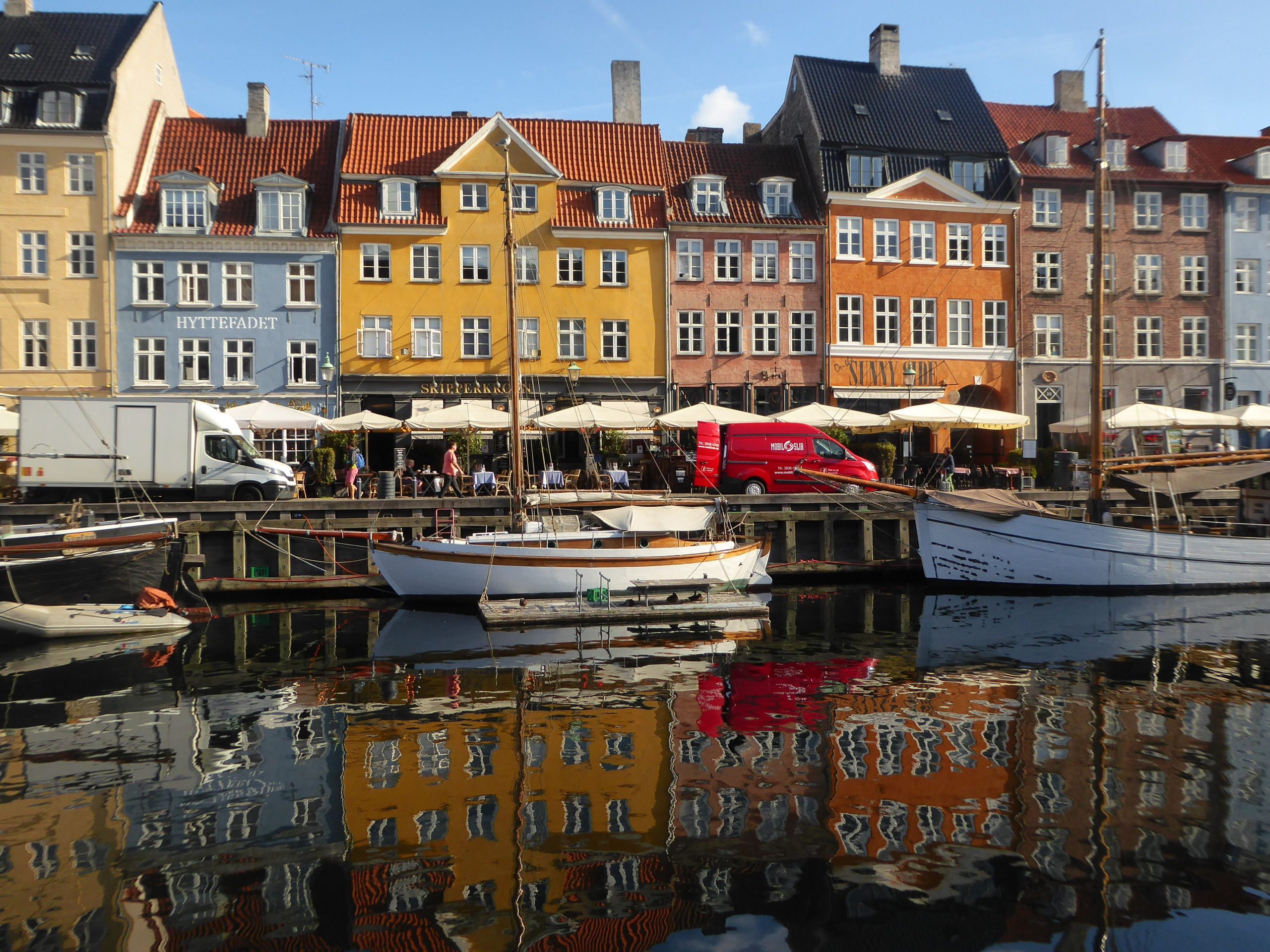 2025-08-01
2025-08-01